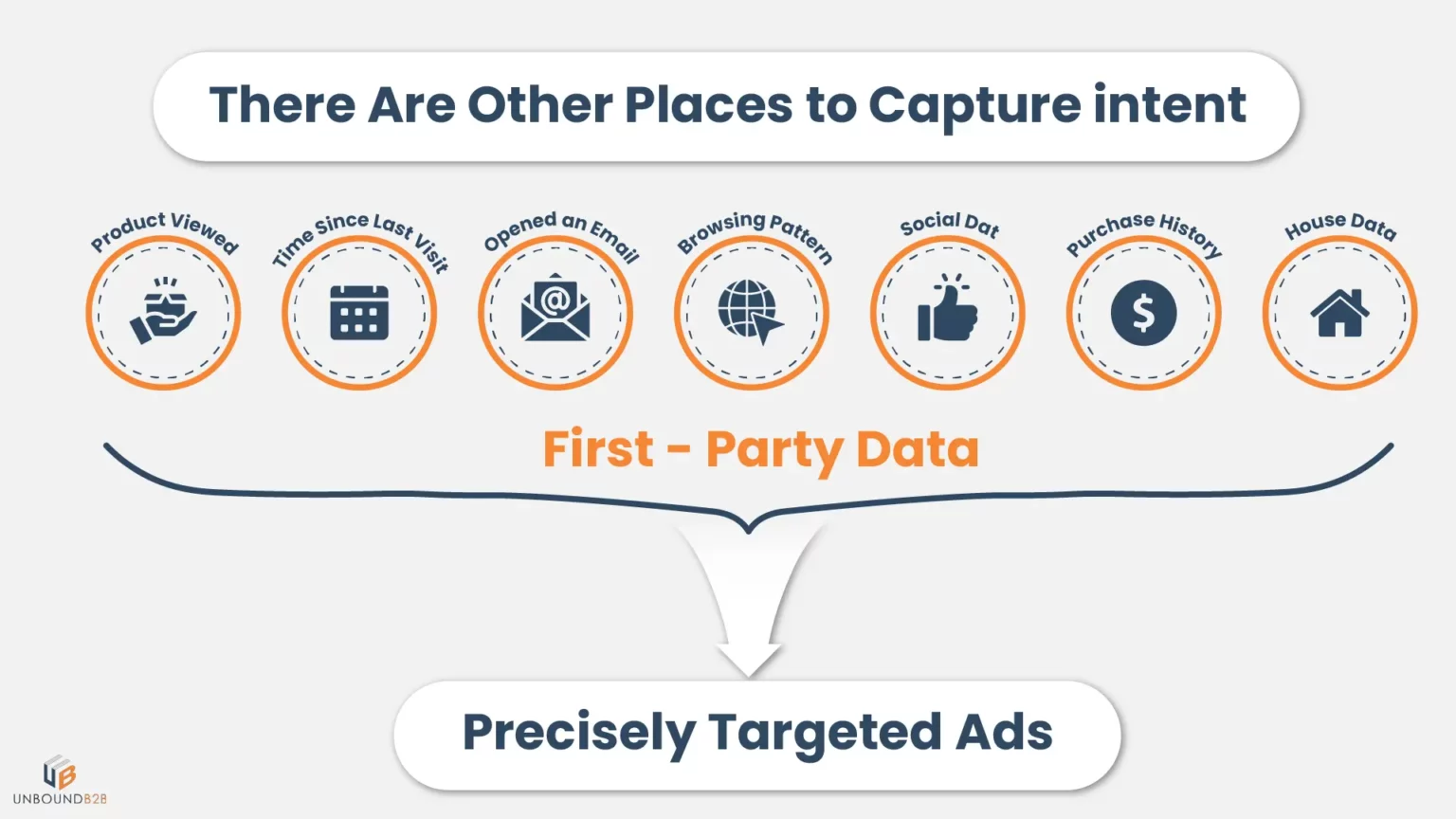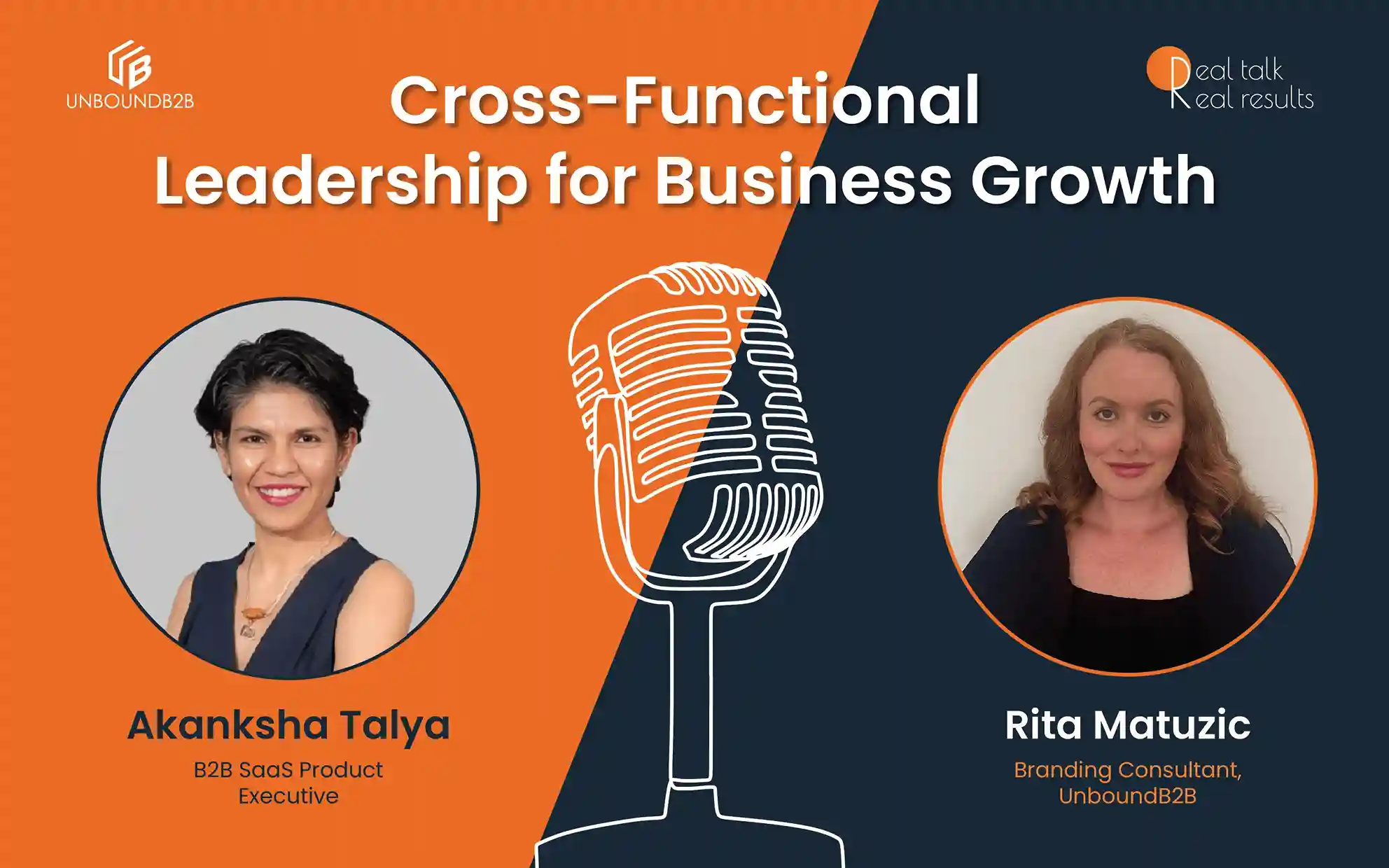
Introduction
In recent years, ABM has gained traction among B2B marketers. According to HubSpot, 67% of brands are leveraging account-based marketing today. For B2B companies that embrace the ABM approach, intent data is the most critical tool they have at their disposal.
This is because the more details B2B marketers have about their target accounts, the more they can customize their interactions and content to address the issues that matter most to their audiences.
The reality is that customers around the globe are constantly generating intent data. It is estimated that over 2.5 quintillion bytes of data are consumed each day. This data includes actions that people take online, updates they make on social media, videos they watch online and much more.
But here is the paradox – only a few companies attempt to consolidate this data from different sources for purposes of boosting their ABM programmes. Instead, many companies rely on their own insights.
While this still provides a considerable amount of actionable data, a lot more data is left unutilized.
To succeed in ABM, B2B companies should use customer data from different sources to inform their sales and marketing processes.
Leveraging intent data is a great way of expanding their reach and gathering insights they would otherwise not be able to gather by themselves about their target accounts.
So, how can B2B companies use intent data to power their ABM programmes?
In this article, we take you through a step-by-step process on how you can use intent data in your ABM programmes.
But, before we delve into this, let’s first, let’s define intent data.
What Is Intent Data?
Intent data refers to data that relates to the conduct or behavior of the people or accounts that your company is targeting with its offerings. It covers a wide range of details including content downloads, social media interactions, engagement in public discussion, ad clicks and much more. The following image captures the broader concept of intent data better.

Intent data can be extremely useful in ABM programmes due to its ability to enhance lead qualification and scoring. Intent data can be gathered through your own website or social media platforms or from other channels that your company does not own.
From Where You Can Get Intent Data?
Intent data can be obtained from both first- and third-party sources. First-party intent data is derived from your website, and people’s search queries to find your brand online. Third-party intent data providers examine your site and similar ones to provide insight into your ideal targets.
First-party Intent Data
The first-party intent is generally less expensive to collect, but the scope of the information is thin. You can only identify the searcher if they fill out a form on your website and match the IP addresses.
Free tools like Google Analytics can tell how people get to your high-value pages, such as free trial signups or contact pages. It can also tell which search terms led visitors to your website and how they navigated it.
For example, if a visitor spends more time on your pricing page, it shows their intent to buy. In that case, you can include those accounts in your ABM campaigns.
Third-party Intent Data
Obtaining intent data from third-party vendors is generally more straightforward because no technical knowledge is required. But, you must first understand the vendor’s data collection methodology. You can only trust third-party data sources if you know them.
Third-party vendors provide information on companies and leads who never visit your website but are interested in your solutions. In addition, they usually offer a more detailed view of your targeted users’ browsing history.
For example, users visited a competitor’s website or conducted similar Google searches as your converted leads. The data provider can then score the leads based on the searches they’ve done and the sites they’ve visited to assist you in prioritizing your funnel.
At UnboundB2B, we use first-party and third-party intent data to create audience segments for outbound lead generation and marketing. We have a vast intent database for B2B businesses to streamline their account-based marketing campaigns. Let’s connect to learn more about our intent-based marketing campaigns.
10 Steps for Using Intent Data in ABM Programmes
Weaving intent data into your ABM strategy enables you to further personalize your marketing efforts on account to account basis. Through expanded knowledge, intent data offers valuable insights to B2B companies on what matters most to their prospects. This has many benefits – key among them is paving way for informed marketing campaigns.
But, how can your company use intent data to boost its ABM programmes? Below are 6 steps to intent data – ABM integration:
Step 1: Gather Intent Data
The process of using intent data in ABM programmes starts with gathering it from different sources – those owned by a company and those owned by third parties.
The thing is, the best way for B2B companies to know who is interested in their offerings is to look at who is contacting it. To know this, you need to pay attention to the first party intent data. This is the data that customers generate when they contact your company.
There are several sources of first party intent data. These include:
- Website contact forms
- Chat questions left of your chatbot
- Email inquiries
- Phone inquiries and other sources as shown in the diagram below.

Whenever prospects reach out to your company, they show explicit intent. This is because they overcome various entry barriers to get in touch with your brand.
First party intent data is viewed as a high standard ABM data as long as the prospects that reach out B2B companies fit their ideal customer profile. The only thing that the company needs to do with such prospects is close sales.
Step 2: Classify Intent Data
While all intent data is invaluable to a company, it is important to note that prospects will contact your company for different reasons. Some will be seeking information on how to resolve an issue, others will want to buy while others will be needing technical help.
Classifying inbound contacts and accounts depending on context and any other criteria that you use to identify ideal customers enables you to narrow down to prospects that are interested in purchasing your offering.
The purpose of classifying intent data is to ensure that the signals prospects send do not misrepresent their genuine intent. To classify your intent data successfully, gather and analyze first party intent data in a thoughtful way and manage your expectations.
As you do this, note that the contacts and ABM accounts you get from intent data will not skyrocket immediately. Rather, they will grow gradually.
Step 3: Boost Content Marketing Strategy
Customizing your marketing content to the needs of specific target accounts is critical to driving ABM programme success. To effectively do this, B2B companies have to combine first party and third intent data to get a wider perspective of the needs that prospects have.
The reality of the matter is that first party intent data only gives a picture of prospect behavior onsite. Third party data on the other hand, captures a broader data range including giving insights on research activities that prospects undertake on other sites.
This in-depth insight enables B2B marketers to boost ABM programmes by creating content that attracts prospects early in the research process to outsmart competitors. This ensures that no resources get wasted in generating content that target accounts are not interested in.
Further, opportunities for personalizing content are identified and implemented early in the buying process. This enables B2B companies to maximize the impact of their content marketing strategy.
Step 4: Identify High Value Prospects
After classifying your intent data, it’s time to identify the most valuable prospects.
With 74% of marketers acknowledging that intent data offers them the greatest insights about customers, there are several ways your intent data will fit into your ABM strategy.
Even so, the highest impact that intent data will have on your ABM programme is enabling your sales and marketing teams to identify high value accounts.
Using intent data, B2B marketers can identify accounts that are already engaging in a proactive search for solutions that their companies are offering. One way to do this is by examining the public interactions prospects have online.
For instance, marketers can evaluate discussions on industry forums, community websites, social networks and comments on content that they engage with. With this information, ABM teams can grow their pool of prospects with interested, high value accounts that are most likely to participate actively in the sales process.
Step 5: Score and Nurture Leads
Identification of marketing and sales qualified leads largely depends on the ability of B2B marketers to understand prospect intent. This places intent data at the heart of identifying qualified leads.

Intent data leverages prospect online behavior to identify qualified leads with a high confidence level. ABM teams can use this information to:
- Improve lead scoring
- Predict outcomes more accurately
- Prioritize prospect accounts
- Utilize available resources better
Since intent data plays the important role of helping marketers understand their prospects, it makes it possible for companies to target prospects effectively throughout their purchase journey.
It is expected that B2B buyers conduct at least 12 searches before making a purchase decision in 2022.
With details such as what prospects read, how long they stay on a page, what they click on and much more, intent data enables B2B marketers to use personalized and relevant content to nurture those prospects down the sales funnel.
Step 6: Make the Sales Process Shorter
The B2B buying process involves different decision makers – this makes it long and complex. As such, sales and marketing teams have to invest a lot of effort and time to push prospects down the sales funnel.
Intent data helps in shortening this process by eliminating calls and emails to prospects that are less likely to make purchases in the short term. The data can also help companies to avoid cold outreaches that prolong the sales process and waste resources.
Rather than focusing on low value prospectors, marketers can use indicators from intent data to nurture high value accounts through effective pitching.
For example – if you come across prospects whose online behavior suggests active research of specific solutions that your offerings provide, you can use that information to initiate a strategic conversation. After taking this step, you can quickly nurture the prospect to become a customer within a shorter period of time.
Step 7. Use Intent Data to Upsell or Cross-sell
Intent data targets new accounts and helps with up-selling and cross-selling. Intent data offers potent insights into existing customers that are frequently overlooked.
You can prevent customer loss by using intent signals to identify customers researching your competitors or other products. With this information, you can intervene and re-engage the customer, increasing renewals and decreasing churn rates.
You can also use intent topics to determine customer interest in your other products, providing you with more cross- and upsell opportunities.
You can use your existing customers’ purchase history to sell them your other products and services. It is observed that your current customers can purchase 60% to 70% more as they are already familiar with your brand.
Step 8. Keep an Eye on Your Fleeting Customers
Even if you’re doing a fantastic job of acquiring new customers with ABM and intent data, keeping an eye on potential customer churn is critical.
Intent data can help you identify customers at risk of attrition and take preventative measures to stop them from leaking from your funnel.
Look for telltale signs of disinterest, such as decreased web traffic or low content consumption from the customer account.
When you identify a customer at risk of churn, contact them to find out what’s happening. The customer may be having issues with your product or is thinking about switching to another provider. In either case, dealing with the problem head-on is the best way to keep a customer.
Step 9. Know What’s Your Competitors Upto
You must have a few key competitors in the market. And, if you want to win, you must understand what your competitors are doing.
Scale your acquisition and expansion strategies using intent data. Also, use competitive intelligence (CI) to target customers actively researching your competitors’ products or services.
You can quickly identify your competitor’s most popular content, what topics they’re focusing on, and where they’re investing their resources by tracking their online activity.
This can give you a fair idea of what they’re doing well and where you might gain an advantage.
Step 10. Host Events Using Intent Data
Another critical aspect of ABM is events. The COVID-19 pandemic made in-person meetings challenging to organize in 2020, but events are a vital marketing tactic in the post-coronavirus world.
Today, marketers are investing heavily in top-of-the-line hardware to provide a seamless remote meeting experience, to get as close to having a cup of coffee in person as possible.
Intent data can elevate event marketing to new heights.
Marketers can use it to pinpoint geographical areas with an unusually high concentration of relevant accounts. Events organized in these areas are more likely to draw a larger crowd. Knowing your prospects’ research interests also allows you to optimize pre-sales.
Best Tools to Collect Intent Data for ABM
Here are some powerful tools you can use to collect accurate and authentic intent data for ABM:
Terminus ABM Platform
Terminus ABM Platform can provide you with a clear picture of your accounts and contacts. You can now quickly deploy digital ad campaigns and target your valuable customers to measure the impact of your efforts on customer engagement and revenue.
Slintel
Slintel has frequently been referred to as the market leader in capturing technology-powered purchasing intent. With Slintel, you can analyze and learn more about factors such as buyer journeys, adoption patterns, digital footprints, and sales intelligence.
Pure B2B
Pure B2B is a web-based demand generation platform specifically designed to supplement businesses and assist them in managing their B2B content syndication. Aside from that, it helps in displaying ads and developing outbound leads by utilizing the best of predictive analytics and multi-source intent data.
A Powerful Tool for B2B Marketers
Data enables businesses to make informed decisions in today’s complex business environment. For example, in marketing, intent data is a powerful tool that fuels the growth of ABM programs in B2B marketers.
By helping B2B marketers understand potential customers, intent data makes it possible for companies to find high-value accounts and nurture them through personalized content and campaigns. ABM intent data will boost your program if you are already using the ABM marketing approach. You can integrate it into your ABM program today by following the 10six steps discussed above.
You can also connect with our team to acquire intent data to run successful ABM campaigns. We use our internal database and multiple marketing approaches to find the best-quality intent data for your ABM campaigns.
You can also connect with our team to acquire intent data to run successful ABM campaigns. We use our internal database and multiple marketing approaches to find the best-quality intent data for your ABM campaigns.
Our blog
Latest blog posts
Tool and strategies modern teams need to help their companies grow.

Programmatic ABM combines the effectiveness of targeted engagement with automation. I...

Take advantage of the year-end holiday rush so you can boost your SaaS revenue and st...

Boundaryless, cross-functional leadership is the key to successful, high-performing p...








